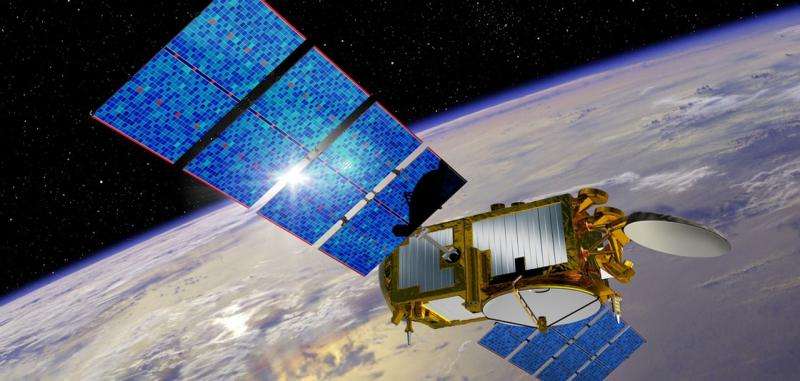Just in time for hurricane season, NOAA gets a new global ocean satellite

This week, NOAA officially assumed control of the Jason-3 satellite, the latest in a series of spacecraft that measure the surface height of the global ocean, monitor the rate of sea-level rise and help NOAA's National Weather Service more accurately forecast the strength of tropical cyclones that threaten America's coasts.
During this year's hurricane season, Jason-3, and its predecessor Jason-2, will provide NOAA with twice the amount of satellite data, including vital ocean temperature information, used to predict if—and when—a storm will strengthen. The satellites will begin flying alternating orbits by October.
Launched on January 17, and successfully completing a six-month phase to test the instruments in orbit, Jason-3 is flying in a low orbit, 830 miles above the Earth. Its radar altimeter monitors 95 percent of the world's ice-free oceans every 10 days. Since the start of the TOPEX/Poseidon mission in 1992, and continuing with the Jason satellites, researchers have observed global sea-level rise at a rate of 3 mm a year, resulting in a total change of 70 mm—or 2.8 inches—in 23 years.
"Jason-3 and Jason-2 will provide valuable information for forecasters this hurricane season. These satellites can identify high-standing pools of warm water that fuel the explosive growth of tropical storms," said Stephen Volz, Ph.D., assistant administrator for NOAA's Satellite and Information Service, which is leading the Jason-3 mission.
Jason-3 is an international mission in which NOAA collaborates with NASA, the Centre National d'Etudes Spatiales (CNES, the French Space Agency) and the European Organisation for the Exploitation of Meteorological Satellites (EUMETSAT).
Beyond monitoring ocean height, data from Jason-3 are being used for other scientific, commercial, and operational applications, including: ocean wave height modeling for commercial vessel operators; forecasting currents for commercial shipping and ship routing; coastal forecasting for response to environmental challenges, including oil spills and harmful algal blooms; coastal modeling, which is crucial for marine mammal and coral reef research; and El Niño and La Niña forecasting.
Provided by NOAA Headquarters




















